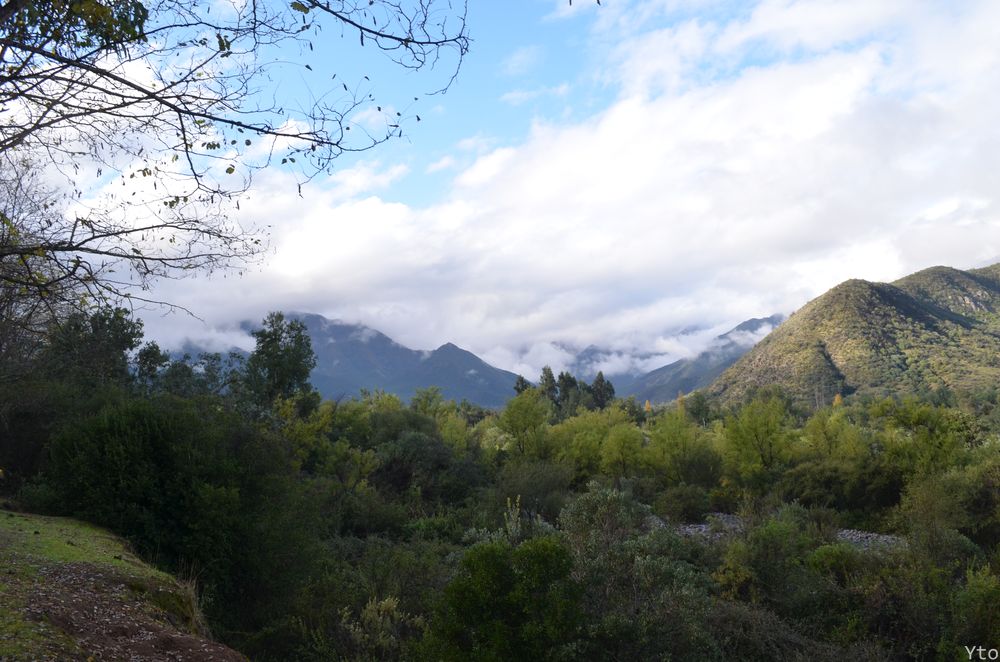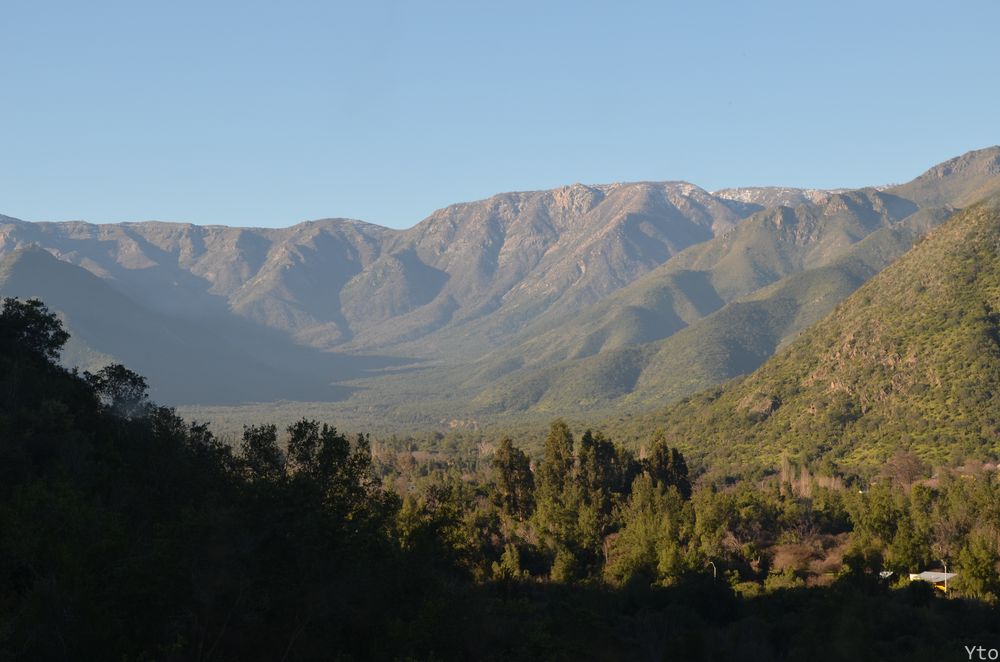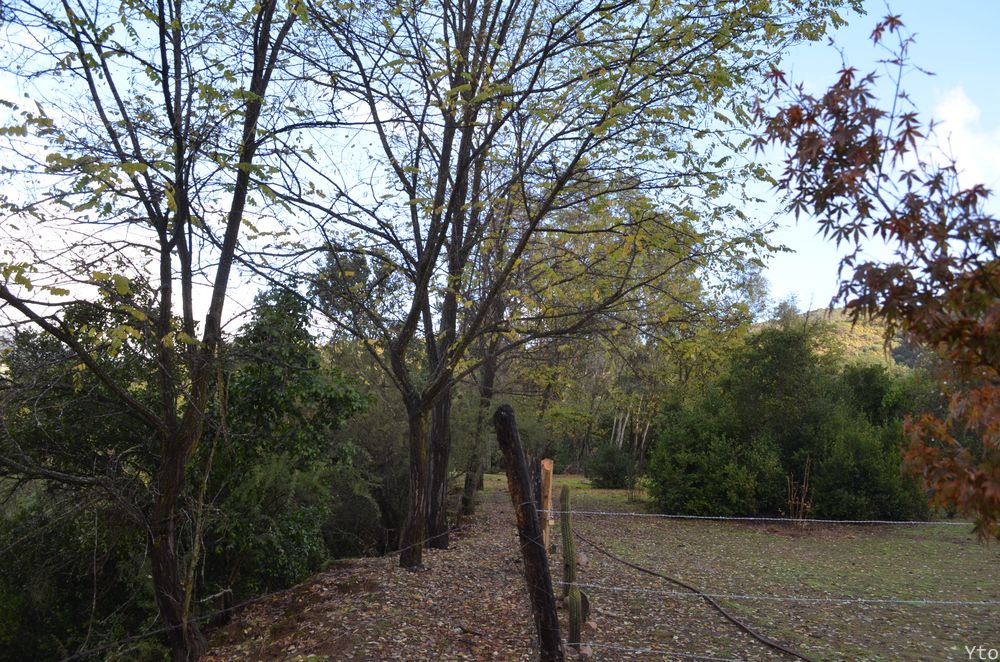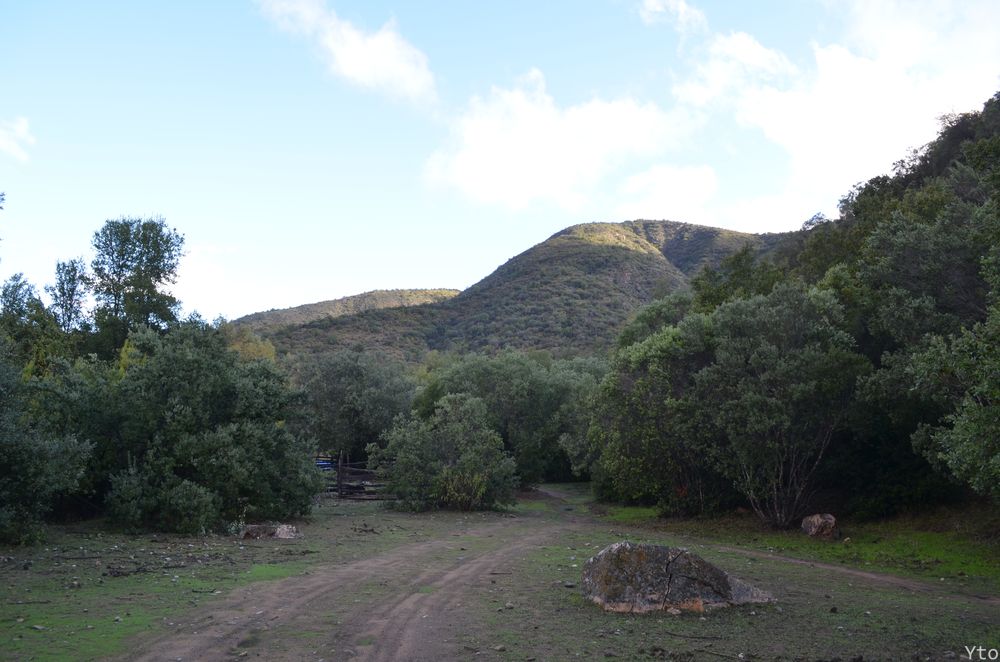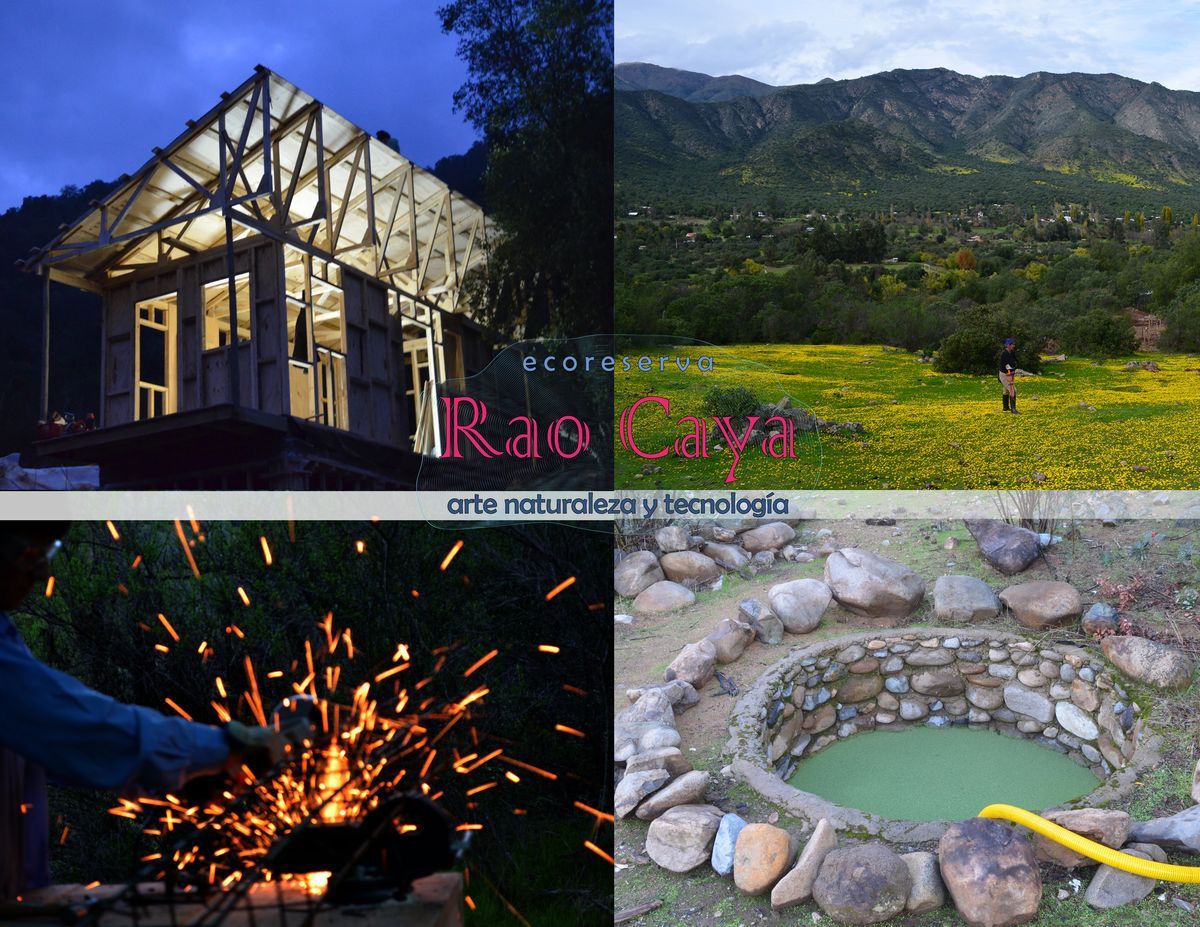
RAO CAYA
Un proyecto de arte, naturaleza, ciencia, tecnología y sociedad
Pichi, Alhué, Región Metropolitana, Chile
Rao: Remedio Medicina. Caya: Alma, espíritu, en lengua Shipibo Konibo.
Rao Caya lo interpretamos como: Medicina para el Alma.
Rao Caya es un proyecto de arte, naturaleza, ciencia, tecnología y sociedad que se inicia el año 2015 por Yto Aranda, Omar Gatica e Ytyo Díaz. Su objetivo primordial es la conservación del bosque esclerófilo (sólo existente en Chile), su flora y fauna (con especies únicas de la región). Trabajar con artistas, científicos, investigadores y personas relacionadas a estas temáticas (ruralidad, ecología, pueblos originarios, conservación, etc.) con el fin de profundizar en conocimientos y prácticas que nos reeduquen en todo lo referente a nuestros entornos naturales, la conservación y bienestar de todos los seres habitantes del planeta. Difundir esta experiencia principalmente a través de trabajos creativos, incorporando a la comunidad en actividades que les estimulen a la protección de la naturaleza y a la actividad artística.
Los desafíos y metas a desarrollar son: organizar encuentros de arte, naturaleza, ciencia y tecnología. Generar un programa de residencias, implementar proyectos de bioconstrucción y permacultura, extendiendo estas actividades a la comunidad en proyectos expositivos, educativos, creativos e integradores.
* English:
Rao Caya is a project of art, nature and technology that begins in 2015 by Yto Aranda, Omar Gatica and Ytyo Díaz. Its main objective is to conserve the sclerophyll forest (only exists in Chile), its flora and fauna (with unique species of the region) in a field of thirty six hectares. The first year we have dedicated to the construction of a cabin, future residence for artists and researchers in areas related to the project. We have also dedicated to build roads, implementing orchards (vegetables, medicinal herbs, fruit trees) and enabling irrigation systems.
The challenges and goals to be developed are: to organize art, nature and technology meetings in the place. Generate a residential program, make a cadastre of the wildflowers of the place, implement projects of bio-construction and permaculture, integrate the community, and in the medium term, begin with the recovery of the waters (slopes). The process will be documented and periodically published on the Internet.
